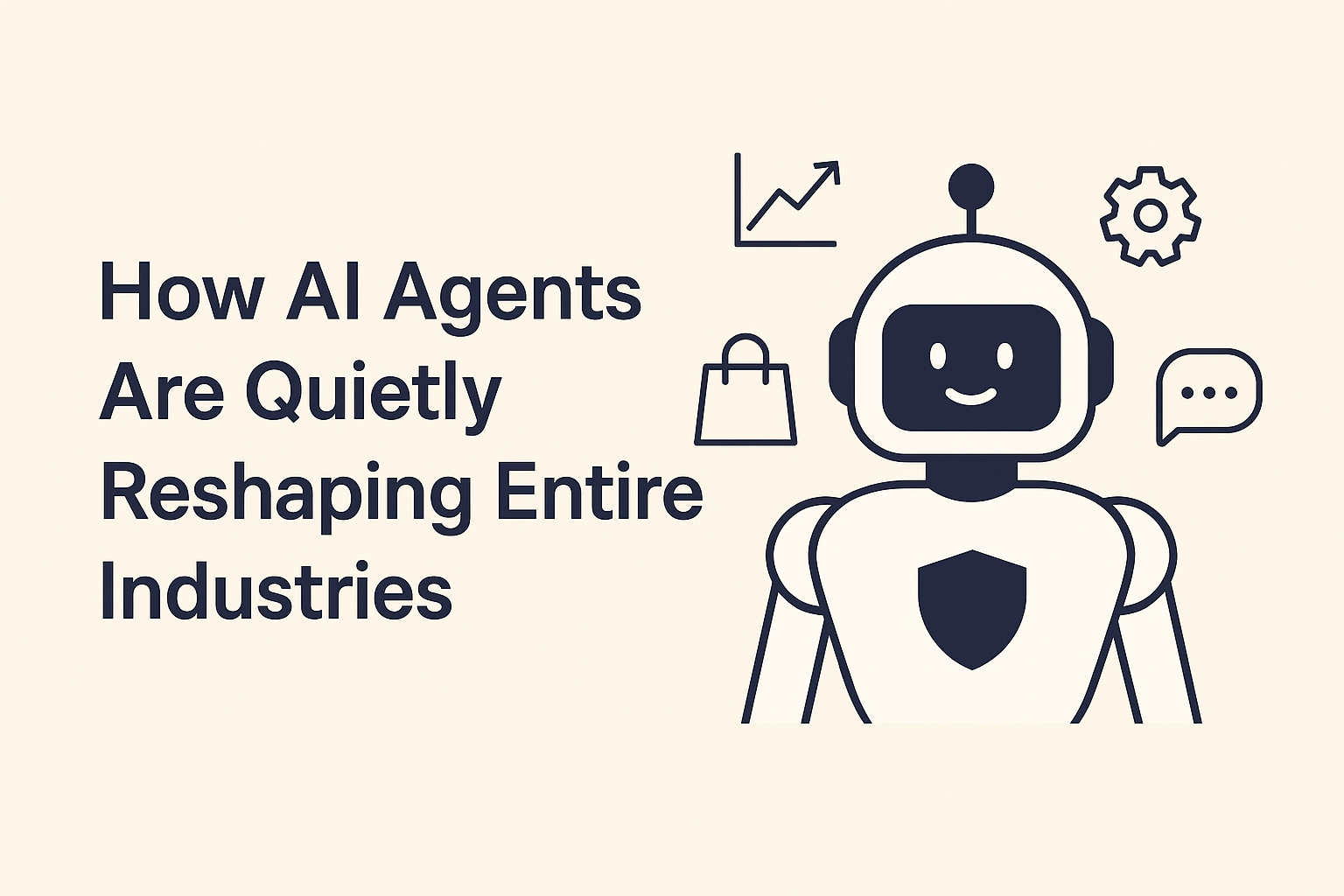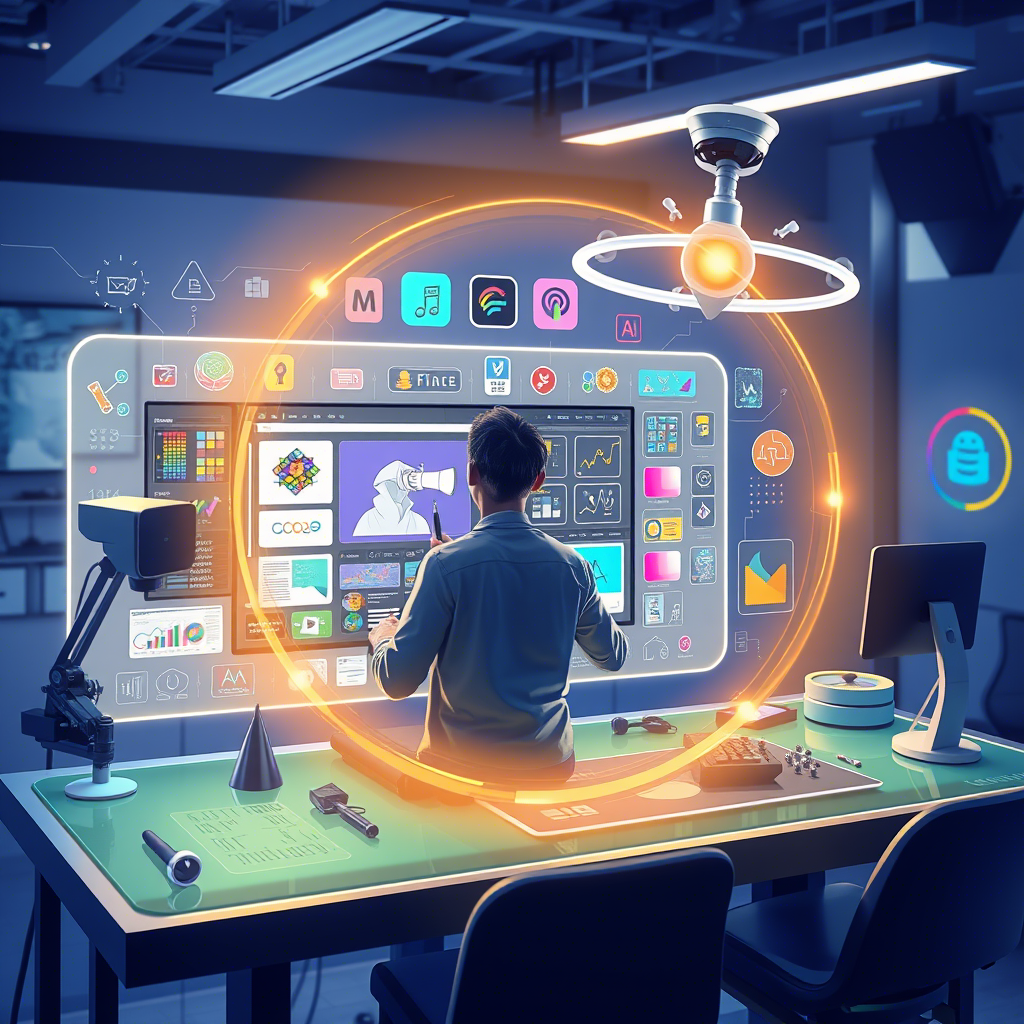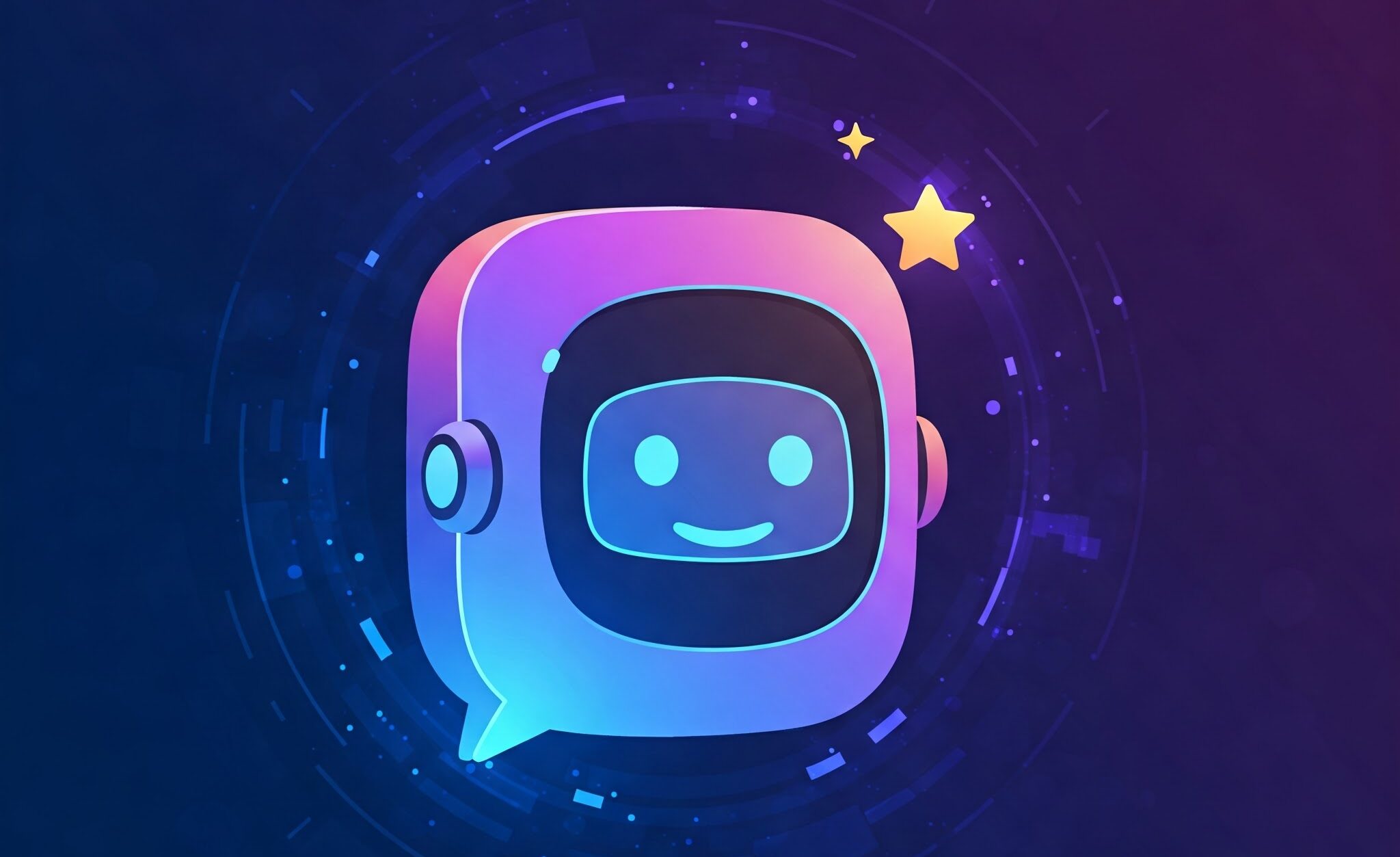AI used to feel like something out of a sci-fi movie—cool to talk about, but not something that really affected day-to-day life. It sounded complicated, maybe even a little intimidating.
But now?
It’s here, and it’s working behind the scenes in ways we don’t always notice.
Businesses are using AI to simplify tasks, speed up processes, and make smarter decisions.
And one of the biggest shifts happening right now? AI agents.
These aren’t just chatbots answering simple questions.
They can actually get things done—handling tasks, learning from patterns, and making workflows smoother.
They don’t replace people; they just take the boring, repetitive stuff off your plate so you can focus on what actually matters.
AI isn’t some far-off concept anymore.
It’s already changing the way we work.
The only question is—how soon do you want to start using it to your advantage?
What Is an AI Agent?
Let’s keep it simple: an AI agent is a digital assistant that can take in information, make decisions, and complete tasks on your behalf—without needing constant human supervision.
For example, imagine you had an assistant who could:
- Read and respond to emails based on context
- Analyze sales data and adjust your ad budget
- Schedule meetings, follow up with leads, and log notes into your CRM
Except this assistant works 24/7, doesn’t need coffee breaks, and actually learns over time.
That’s what an AI agent is.
The difference between a basic automation tool and an AI agent is autonomy.
Instead of being told exactly what to do, agents can figure out how to do it on their own.
They combine reasoning, memory, and even goal-setting to execute complex workflows across apps and systems.
And now that platforms like Pretuned.AI make it easy to spin up and manage AI agents without coding, businesses of all sizes can use them—not just tech giants with massive budgets.
Industries Already Being Transformed
This shift isn’t theoretical. It’s already happening—and fast.
In E-commerce
AI agents are helping online stores personalize shopping experiences, manage support chats, and even write product descriptions. Some are managing entire storefronts automatically, adjusting prices and inventory based on demand in real-time.
In Marketing & Sales
Marketing teams are deploying AI agents to run cold outreach, analyze campaign performance, and even close deals. They’re writing emails, tweaking ad copy, and booking calls—freeing up human teams to focus on strategy instead of spreadsheets.
In Healthcare
Hospitals and clinics are using AI agents for appointment scheduling, pre-screening patients, and summarizing medical notes. This means more time for doctors to care for patients, and less time buried in paperwork.
In Logistics & Manufacturing
From monitoring equipment to managing supply chains, AI agents are helping factories and warehouses stay ahead of breakdowns and delays. They’re keeping things running smoothly behind the scenes—without manual input.
In Customer Support
AI agents are handling 70–90% of support queries for some companies. They’re not just replying with canned responses—they’re solving real problems, learning from interactions, and escalating complex issues to human reps when needed.
So… Why Now?
A few years ago, this kind of tech would have cost a fortune and required a team of machine learning engineers. Today, it’s accessible to almost anyone.
Why?
- Advancements in large language models like GPT, Claude, Gemini, and others have made AI agents smarter than ever.
- No-code tools and platforms make it simple to build and deploy agents without technical skills.
- Wider adoption and competition are driving down costs and improving quality.
The stars have aligned—and now even small businesses can punch way above their weight with the help of AI.
Final Thoughts
The question is no longer “Will AI change the way we work?” It already is.
The better question is: Are you ready to take advantage of it?
AI agents aren’t just a trend. They’re quickly becoming the new standard. Businesses that start using them today will move faster, serve better, and spend less. And the ones that wait? They’ll be playing catch-up.
So whether you’re running an agency, a startup, a storefront, or a growing team—it might be time to give AI agents a seat at the table.
AI isn’t something for the future, it’s already here, making work easier and faster. At Vadavision, we help businesses use AI in simple and practical ways.
Whether you want to save time, improve workflows, or just understand how AI can help, we’re here to guide you.
Let’s connect and see how we can make AI work for you, without any confusion!


